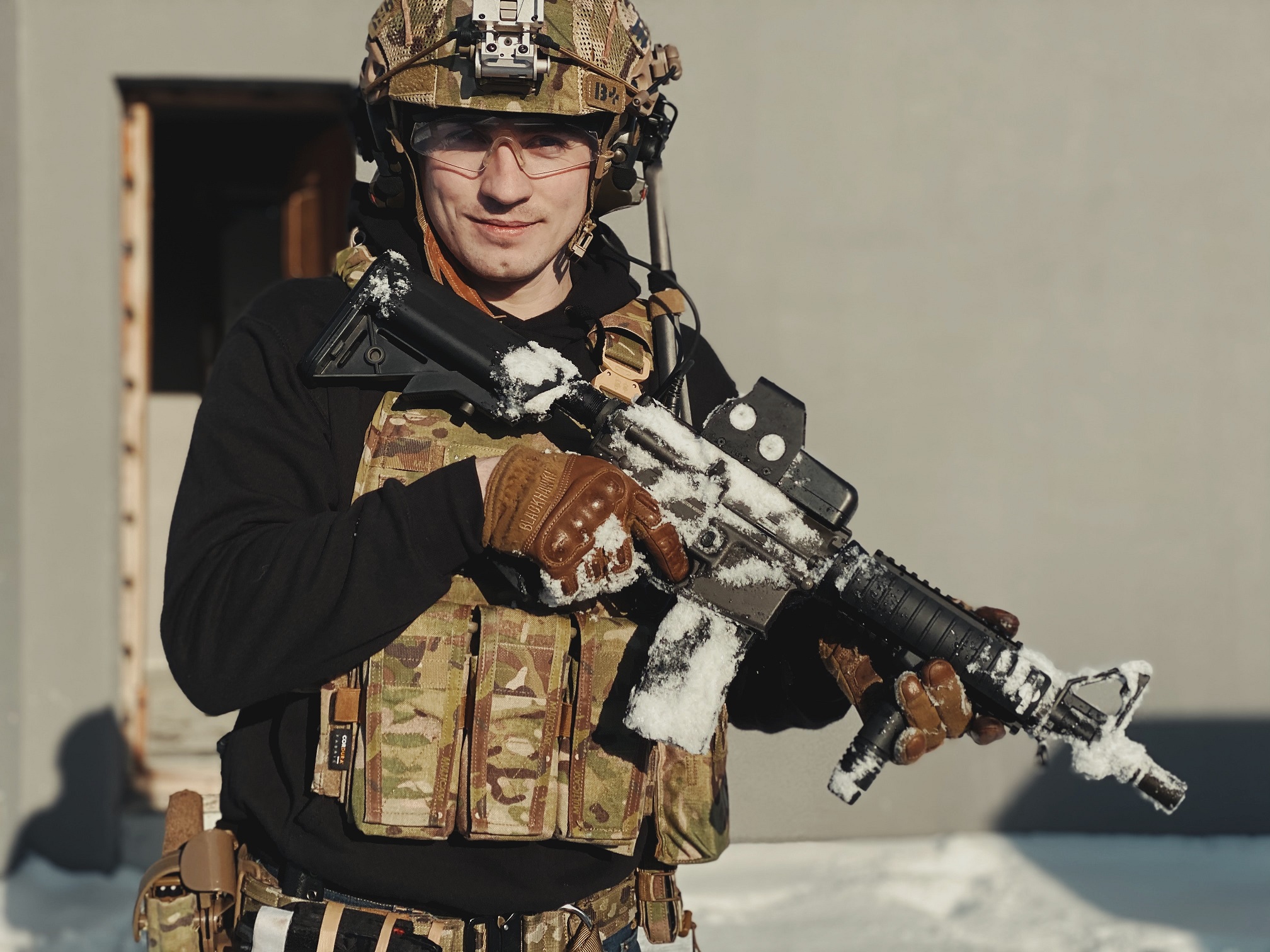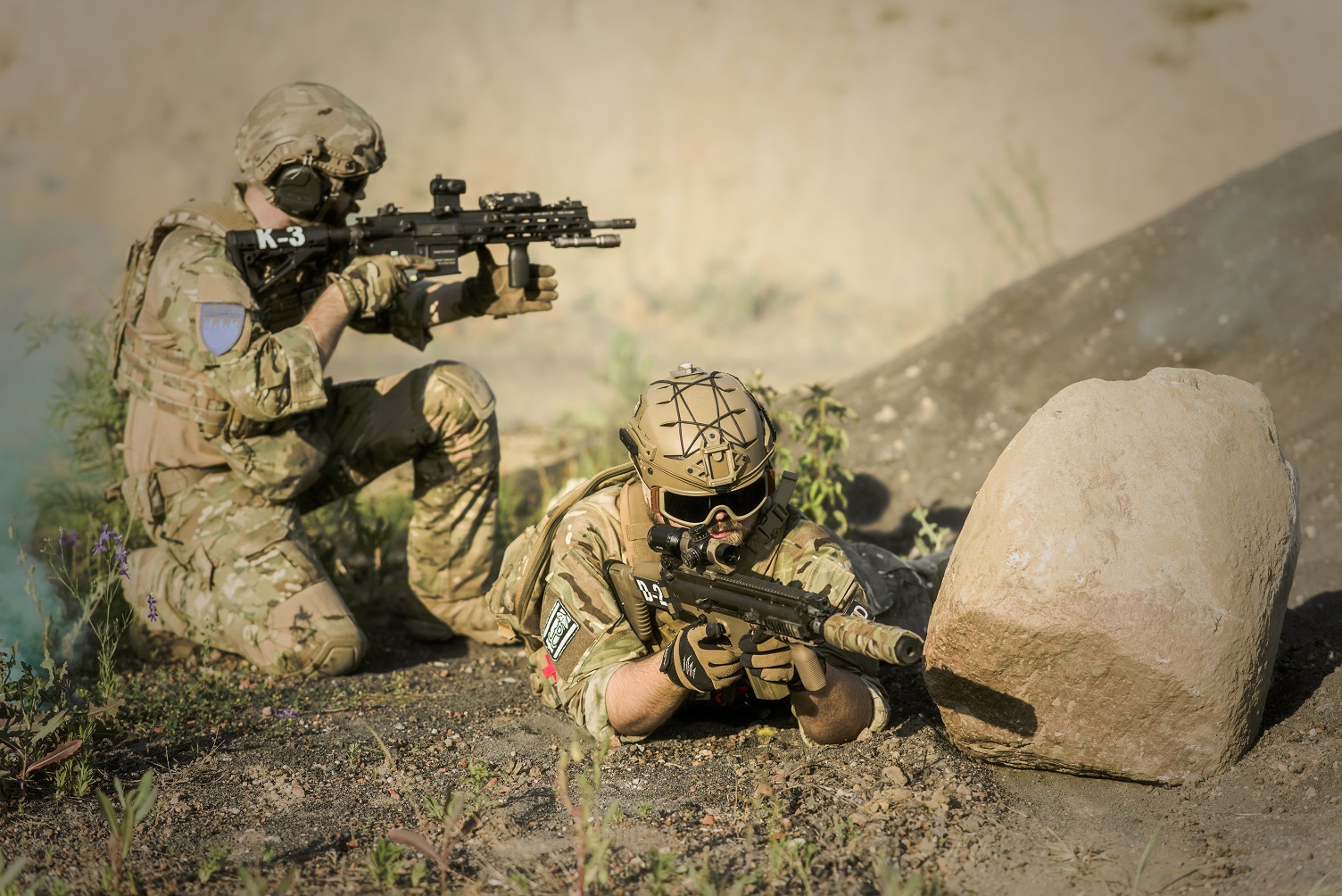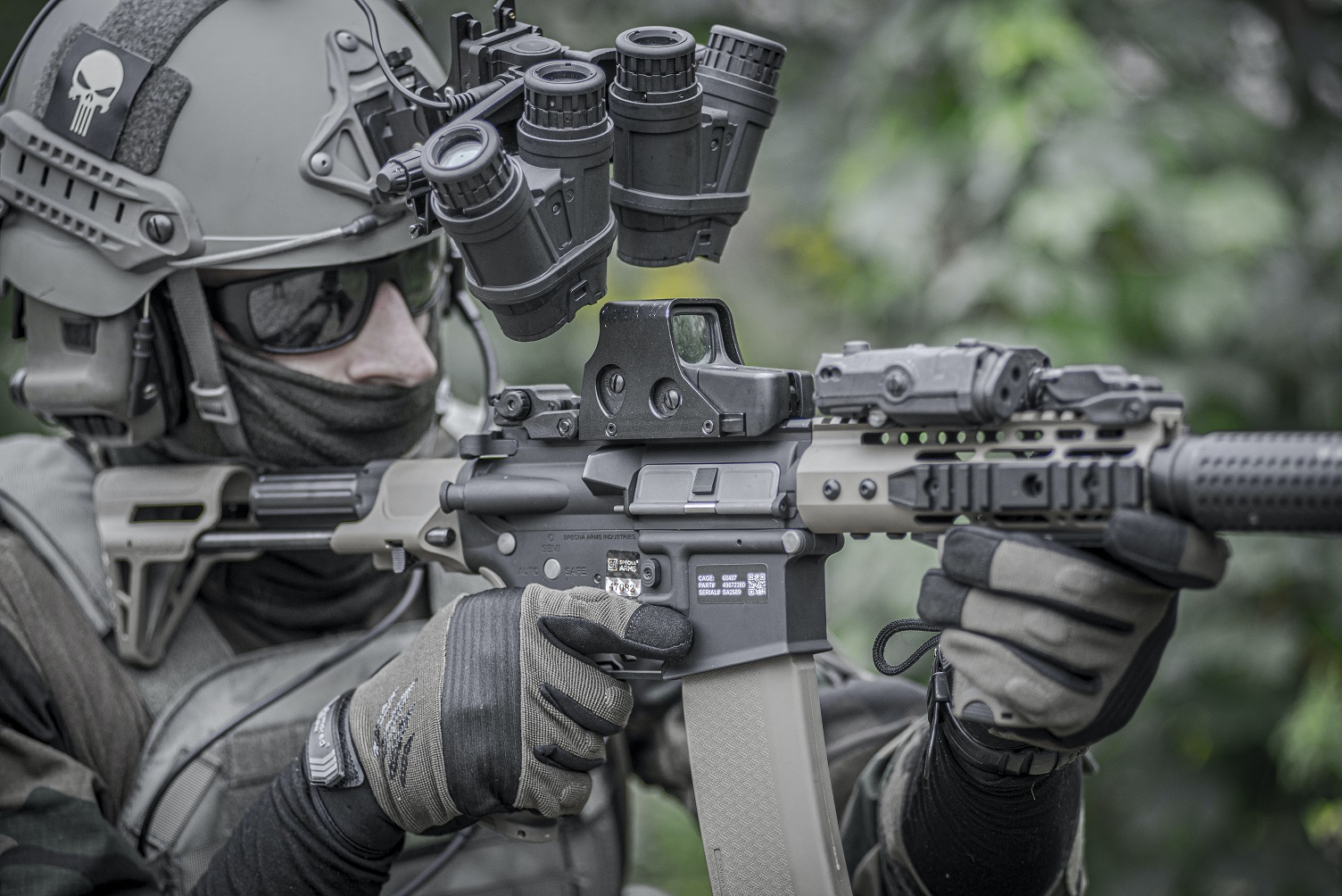Although the head and neck make up only 12% of a soldier’s total body weight, injuries to the head and neck account for 50% of all fatalities that occur on the battlefield. Traumatic brain injury (TBI), which accounts for a disproportionate part of the pain and incapacity endured by wounded members of our armed services, has emerged as a defining casualty of 21st-century wars. According to the Defense and Veterans Brain Injury Center (DVBIC), there have been 444,328 cases of traumatic brain injuries (TBIs) registered among people serving in the armed services of the United States since the year 2000 (as of August 26, 2021). Because of this, there is an urgent requirement for the development of cutting-edge combat helmets to add to other level IV body armor kits to protect soldiers from incoming bullets, shrapnel and IEDs.
When a projectile, such as a bullet or a high-velocity fragment, contacts a helmet, the kinetic energy of the projectile is transferred to the helmet, which results in the back face of the helmet becoming deformed (BFD). When a distorted helmet contacts a soldier’s head, this can cause a condition known as BFD-induced BABT. In addition, soldiers exposed to IEDs while fighting in urban combat zones or on the battlefield frequently suffer blast-induced brain damage that ultimately proves fatal.
The amount of head injuries suffered by soldiers has dramatically dropped since the introduction of combat helmets as part of level IV body armor kits. By shielding troops’ heads from bullets and blunt force trauma, combat helmets have been responsible for the survival of many service members. To meet the challenges posed by improvised explosive devices and urban combat operations in today’s asymmetric military conflicts, future level iv body armor kit, including combat helmets, will need to be highly protective, lightweight, comfortable to wear, and compatible with communication and other systems. These requirements must be met for the helmets to be useful.
For more articles, please click here.










